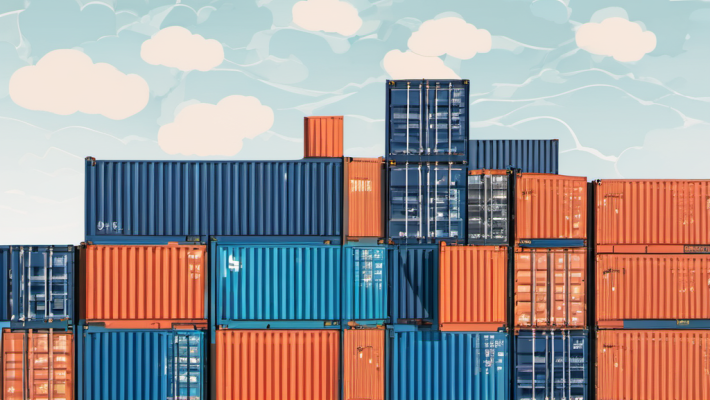Freight Forwarder Insights
Huin International Logistics Latest Articles
Full Container Load FCL Shipping Practices
Characteristics of FCL Shipping
1. Container Exclusivity:
- An FCL shipment involves the use of an entire shipping container exclusively for one shipper. The container is not shared with other shippers' cargo.
2. Types of Containers:
- Standard Containers: 20-foot (TEU) and 40-foot (FEU) containers are the most common sizes.
- High Cube Containers: Slightly taller than standard containers, offering more volume.
- Refrigerated Containers (Reefers): Used for temperature-sensitive goods.
- Open-Top, Flat Rack, and Tank Containers: Used for specialized cargo such as oversized goods or liquids.
3. Loading and Sealing:
- The shipper is responsible for loading the container at their facility. Once loaded, the container is sealed with a tamper-evident seal until it reaches the destination.
4. Direct Transport:
- FCL containers are typically transported directly from the origin to the destination without being opened or consolidated with other shipments, minimizing handling.
5. Documentation:
- Key documents include the Bill of Lading, Commercial Invoice, Packing List, and any required customs documentation. The Bill of Lading is particularly important as it serves as the contract of carriage and a receipt for the goods.
Benefits of FCL Shipping
1. Cost Efficiency:
- For larger shipments, FCL is generally more cost-effective than Less than Container Load (LCL) shipping. The cost per unit decreases as the volume of goods increases.
- Avoids additional costs associated with consolidating and deconsolidating LCL shipments.
2. Reduced Risk of Damage:
- Since the container is dedicated to a single shipper, there is less handling and less risk of damage compared to LCL shipments where goods are consolidated and deconsolidated.
- The shipper has full control over the loading process, allowing for better protection and securing of the cargo.
3. Faster Transit Times:
- FCL shipments often have faster transit times because they do not require the consolidation and deconsolidation processes associated with LCL.
- Direct shipping routes can be used, which can reduce overall transit time.
4. Greater Security:
- The container is sealed at the point of origin and remains sealed until it reaches the destination, reducing the risk of theft or tampering.
- Enhanced control over the entire shipment ensures better security for high-value or sensitive goods.
5. Simplified Documentation and Tracking:
- FCL shipping involves straightforward documentation since the entire container is dedicated to one shipper.
- Tracking is more efficient as the entire container moves as a single unit, simplifying the logistics management process.
6. Flexibility in Packaging and Cargo Handling:
- Shippers have the flexibility to load the container according to their specific requirements, optimizing space and securing the cargo effectively.
- Special handling requirements can be more easily accommodated within an FCL shipment.
Conclusion
FCL shipping offers numerous benefits for international cargo transportation, making it an attractive option for shippers with larger volumes of goods. The exclusivity, cost efficiency, reduced risk of damage, faster transit times, greater security, and simplified documentation and tracking make FCL a preferred choice for many businesses engaged in global trade. Understanding the characteristics and advantages of FCL shipping can help businesses optimize their logistics strategies, ensuring efficient and secure delivery of their products.
